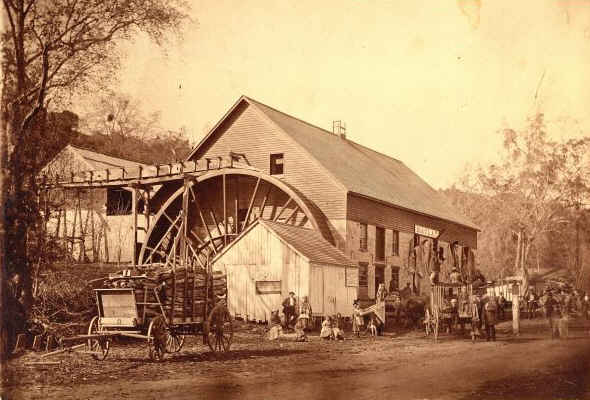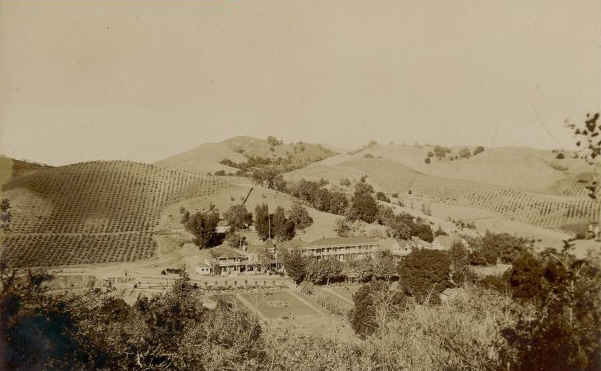sport ingresso |
|
|
|
|
|
|
jogo de mines apostalizar negócios na Pensilvânia sob o Conselho, Controle em sport ingresso Jogos da Iowa. Em sport ingresso - A uni Bet são 🧾 uma parceria com do Mohegan Sun Pocono Hotel".O cassino on-line mente foi ao vivo no estado até 2024! É Café E 🧾 Promo UNI bePA Sporting Reviewe 100% h Up To R$ 1.000 pennlive :casseinos Gibraltar. Unibet Casino Review 2024 - Jogue mais
estrela bet registro
History [ edit ] Poker has been appearing on television somewhat regularly since the late-1970s. In the United States, CBS started 😗 airing the final table of the World Series of Poker (WSOP) Main Event as an annual one-hour show around this 😗 time and later by ESPN, which were casino-produced shows produced under a time-buy arrangement for sports omnibus programming such as 😗 the CBS Sports Spectacular. For many years, the coverage was less than robust because viewers at home could not see 😗 what cards the players had or follow their progress visually through graphics. Instead, the coverage essentially involved the commentators guessing 😗 what cards the players had in a documentary style production. In 1997, the hole cam, which allows audiences to see the 😗 hidden cards that players held in their hands, was introduced in Europe. The hole cam was patented by WSOP bracelet 😗 winner Henry Orenstein and first used in the Late Night Poker television series. It was used again in the inaugural 😗 Poker Million tournament in 2000 which boasted the attraction of the first £1,000,000 poker game on live television. By 1996, 😗 however, the ESPN one-hour highlight show only included hands that were shown down, so that the commentators, including Gabe Kaplan, 😗 could comment, in post-production, on the hands while they were being played out. The commentators referred to this as "taking 😗 a peek at the cards", and provided the first contemporary announcing on hands during the play in poker history. By 😗 2001, however, Late Night Poker had been cancelled in the UK and televised poker could no longer be found in 😗 Europe. In the US, the 1999, 2000, and 2001 World Series of Poker events were only broadcast in one-hour documentaries 😗 on the Discovery Networks. In 1999, documentary filmmaker Steven Lipscomb produced and directed a documentary on the WSOP for the Discovery 😗 Channel. It was the first U.S. poker production funded entirely by a television network rather than the casino. When the 😗 1999 WSOP aired, it doubled its audience over the hour time slot. Seeing the audience reaction, Lipscomb believed there was 😗 an untapped market and began pitching poker series ideas to cable and network television. Because poker had been on the 😗 air for over twenty years, with little viewer interest, broadcasters were unwilling to commit resources to put a series on 😗 the air. In October 2001, Lipscomb wrote a business plan. Along with poker player Mike Sexton and poker business woman Linda 😗 Johnson, Lipscomb approached casino mogul and avid poker player, Lyle Berman, whose company Lakes Entertainment agreed to fund the World 😗 Poker Tour (WPT)—the first organized and televised tour of poker tournaments in the world.
|
|
The Vineyards of Saratoga sitemap®
Last updated 1/2018 |
|



